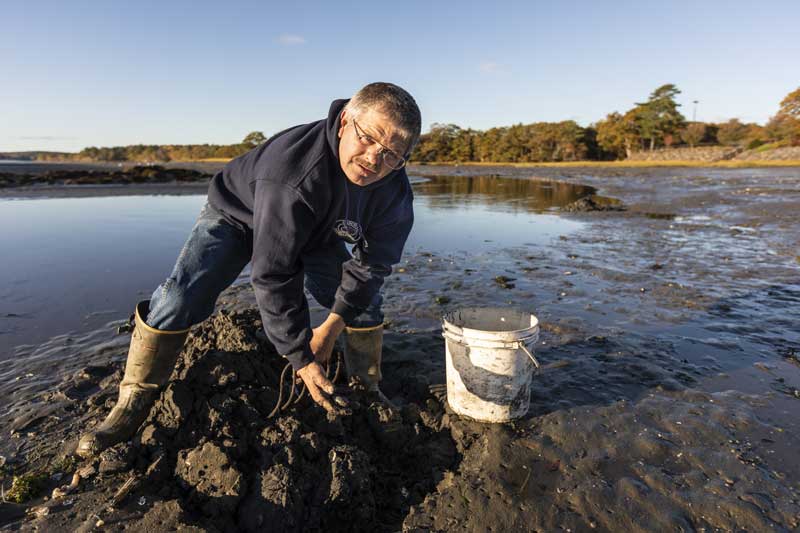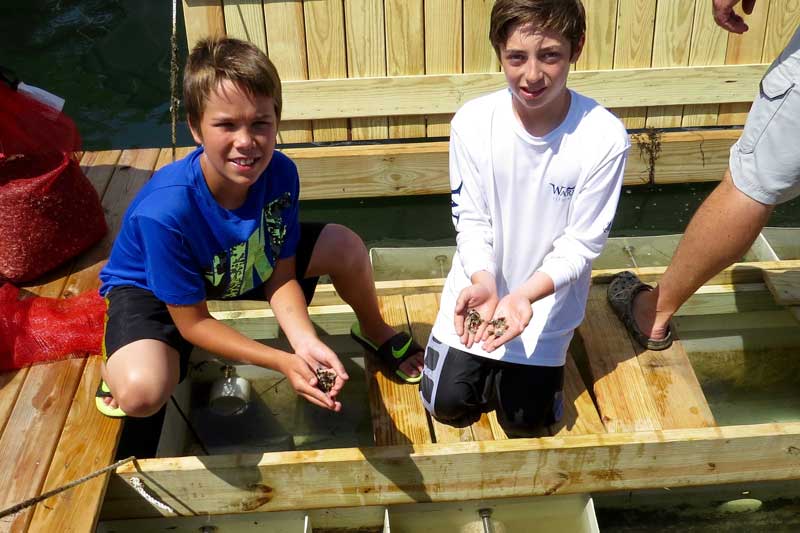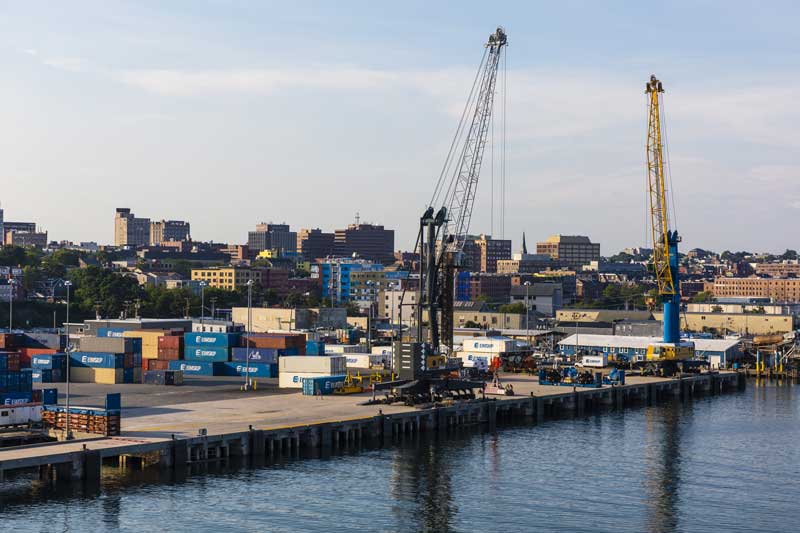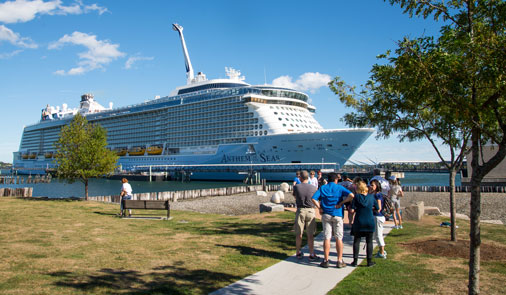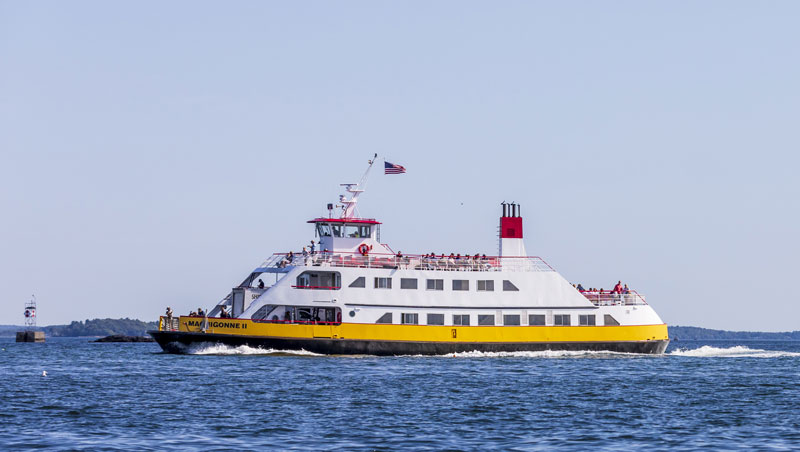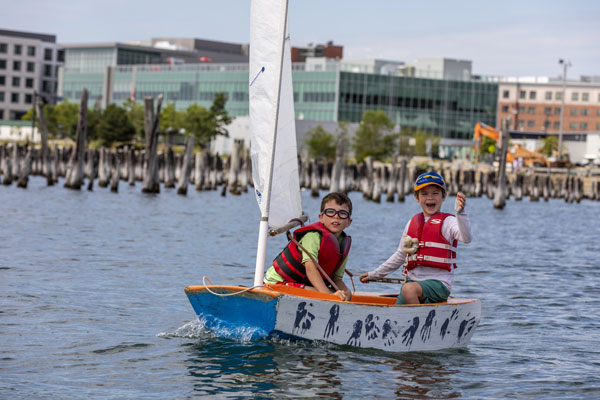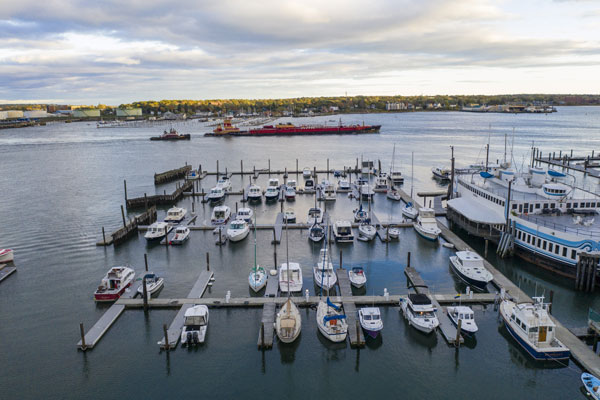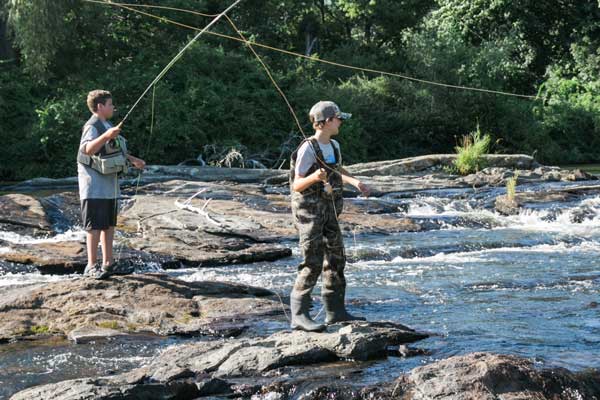Bay Has $700 Million Economic Impact
Tourism and Marine Resources Are Key Sectors of Coastal Economy
WHY IT MATTERS
The Casco Bay region is home to one quarter of Maine’s population and one third of total jobs statewide, despite containing just 4.4 percent of the state’s land area. Tourism and recreation make up 80 percent of the jobs in Casco Bay’s coastal economy. The living resources sector makes up a smaller share but is central to the Bay’s identity. The fishing industry’s cherished cultural traditions are a way of life for many Maine families and represent the coastal identity that brings so many visitors to Maine.STATUS
Eighty Percent of Bay-Related Jobs Are in Tourism and Recreation
Note: Boat building excludes Bath Iron Works. Source: The Economic Contribution of Casco Bay (CBEP 2017). Report produced by Maine Center for Business and Economic Research.
Cruise Ship Visits and Passengers
Casco Bay Ferry Ridership
Recreation on the Water
Successes & challenges
- Marine ecosystems are expected to be affected by climate change in numerous ways, and the health of the regional economy is highly dependent upon the health of Casco Bay.
- People visiting Casco Bay may not always make the connection between the importance of clean water, protected habitat, and ample access, to the quality of their recreational experiences. How do we help them make that connection?
- How do people without extensive resources and access to the Bay experience it? Providing adequate access to recreational opportunities for all is important for nurturing personal connections to the Bay and building public support for its protection.
- Impacts from the COVID-19 crisis illuminate how dependent the local economy is on the tourism industry.
View a PDF version of this page that can be downloaded and printed.
View references, further reading, and a summary of methods and data sources.
Selected data and data analysis code for certain indicators are available for review.
STATE OF CASCO BAY
Drivers & Stressors
What’s Affecting the Bay?
Human Connections
What’s Being Done?
If you would like to receive a printed State of Casco Bay report, send an email request to cbep@maine.edu.
This document has been funded by the U.S. Environmental Protection Agency under Cooperative Agreements #CE00A00348-0 and #CE00A00662-0 with the University of Southern Maine.
Suggested citation: Casco Bay Estuary Partnership. State of Casco Bay, 6th Edition (2021).
Photo at top of page: Jerry Monkman, Ecophotography.com
